
Henri Cartier Bresson Henri cartier bresson, Bresson, Cartier
Henri Cartier-Bresson was born in 1908 in Chanteloup, France. Throughout his childhood, Cartier-Bresson was interested in the arts. He was influenced by his father, a respected and wealthy textile merchant and his uncle, an accomplished painter. As a young boy Cartier-Bresson read the literature of the day by authors such as Dostoyevsky.

Henri CartierBresson Living and Looking The New York Times
Henri Cartier-Bresson has intuitively chronicled decisive moments of human life around the world with poetic documentary style. His photographs impart spontaneous instances with meaning, mystery, and humor in terms of precise visual organization, and his work, although tremendously difficult to imitate, has influenced many other photographers.

Henri CartierBresson Profesor de fotografía
Henri Cartier-Bresson, one of the world's greatest photographers, put down his camera nearly 30 years ago after capturing some of the 20th century's greatest historical moments and figures. NPR's.
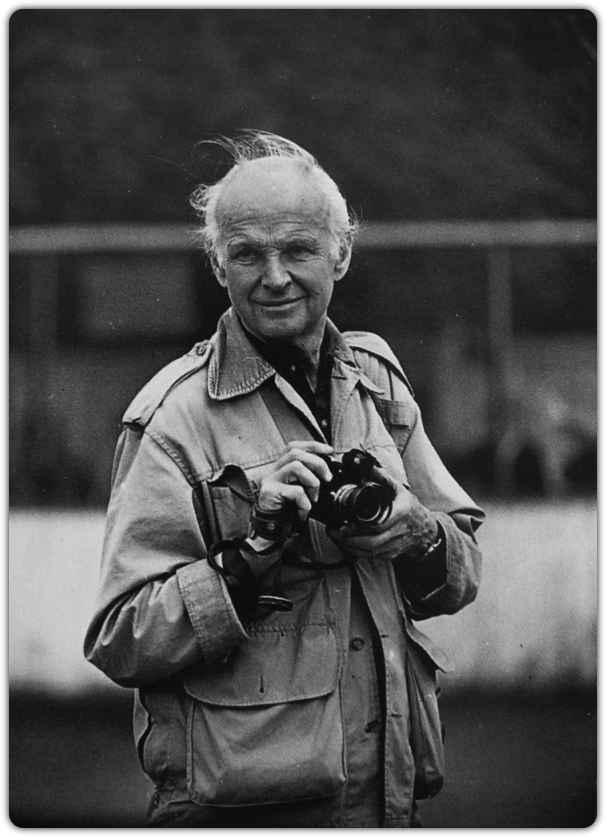
"Los 20 minutos con CartierBresson que marcaron mi vida" Francisco Carranza Quinto Piso
Henri Cartier-Bresson, (born August 22, 1908, Chanteloup, France—died August 3, 2004, Céreste), French photographer whose humane, spontaneous photographs helped establish photojournalism as an art form. His theory that photography can capture the meaning beneath outward appearance in instants of extraordinary clarity is perhaps best expressed in his book Images à la sauvette (1952; The.
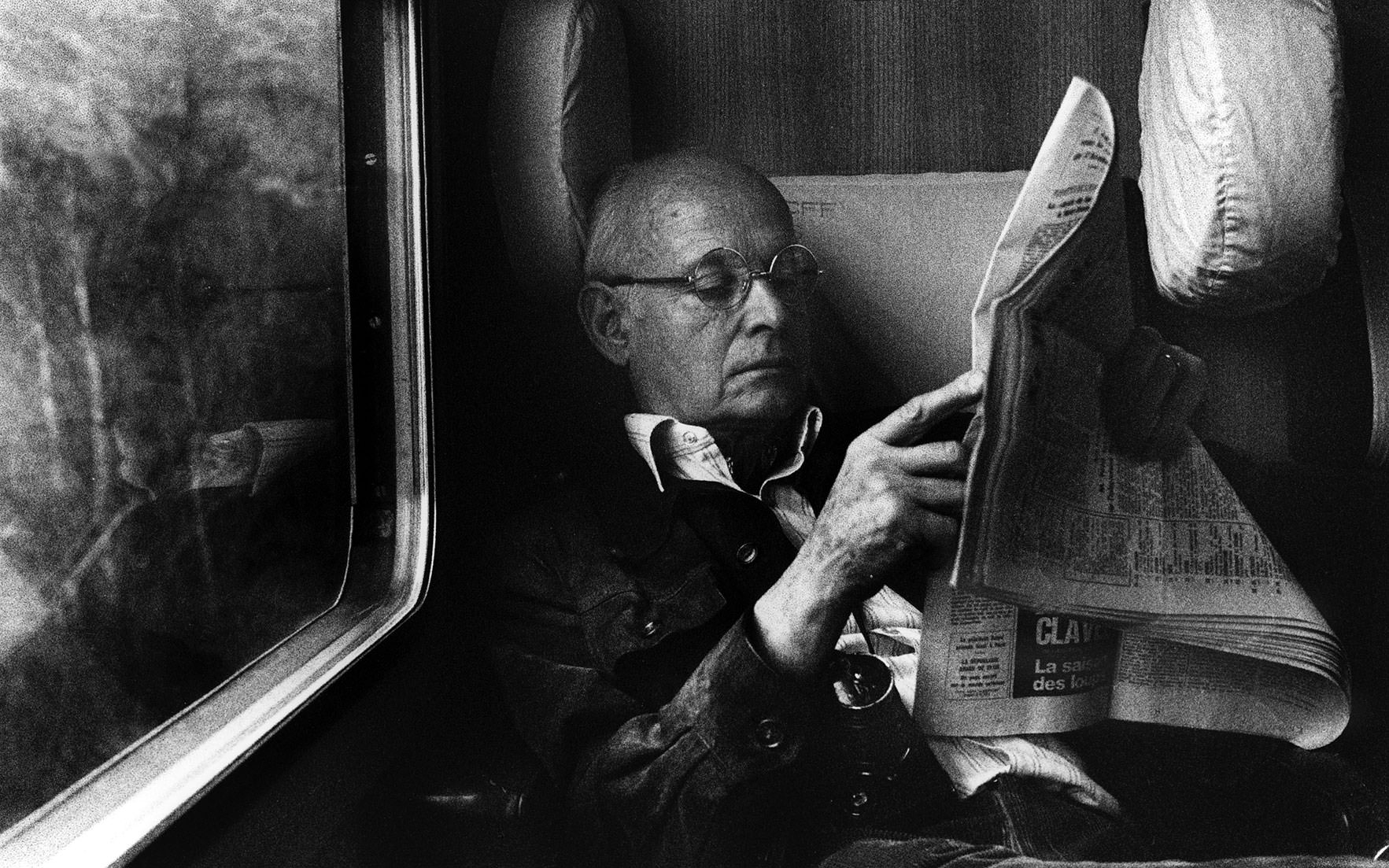
Henri CartierBresson The Eye of the Century at Leica Gallery Los Angeles Exibart Street
Henri Cartier-Bresson (French: [kaʁtje bʁɛsɔ̃]; 22 August 1908 - 3 August 2004) was a French artist and humanist photographer considered a master of candid photography, and an early user of 35mm film. He pioneered the genre of street photography, and viewed photography as capturing a decisive moment.

Henri CartierBresson Ateneum's New Exhibition Of an Essential 20th Century Photographer
Born in Chanteloup-en-Brie, Seine-et-Marne, Henri Cartier-Bresson developed a strong fascination with painting early on, and particularly with Surrealism.In 1932, after spending a year in the Ivory Coast, he discovered the Leica - his camera of choice after that moment - and began a life-long passion for photography.
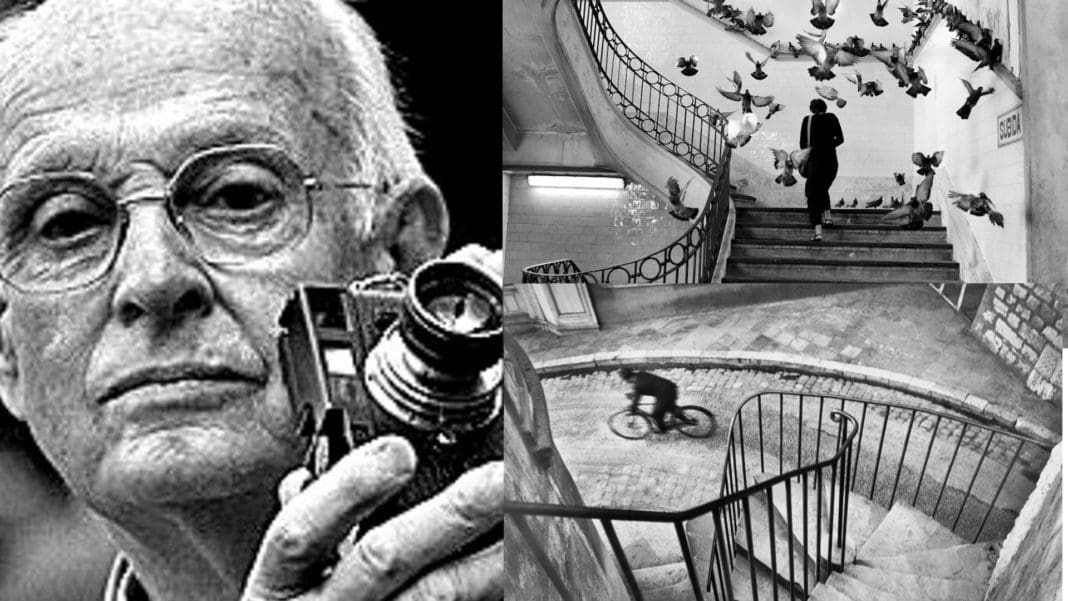
Henri Cartier Bresson Vita e Foto Famose Fotografia Moderna
To tell Henri Cartier-Bresson's story and to unravel his work is essentially to tell the story of a look. Throughout the 20th century, this roaming, lucid eye has captured the fascination of Africa in the 1920's, crossed the tragic fortunes of Spanish republicans, accompanied the liberation of Paris, caught a weary Gandhi just hours before his assassination, and witnessed the victory of.
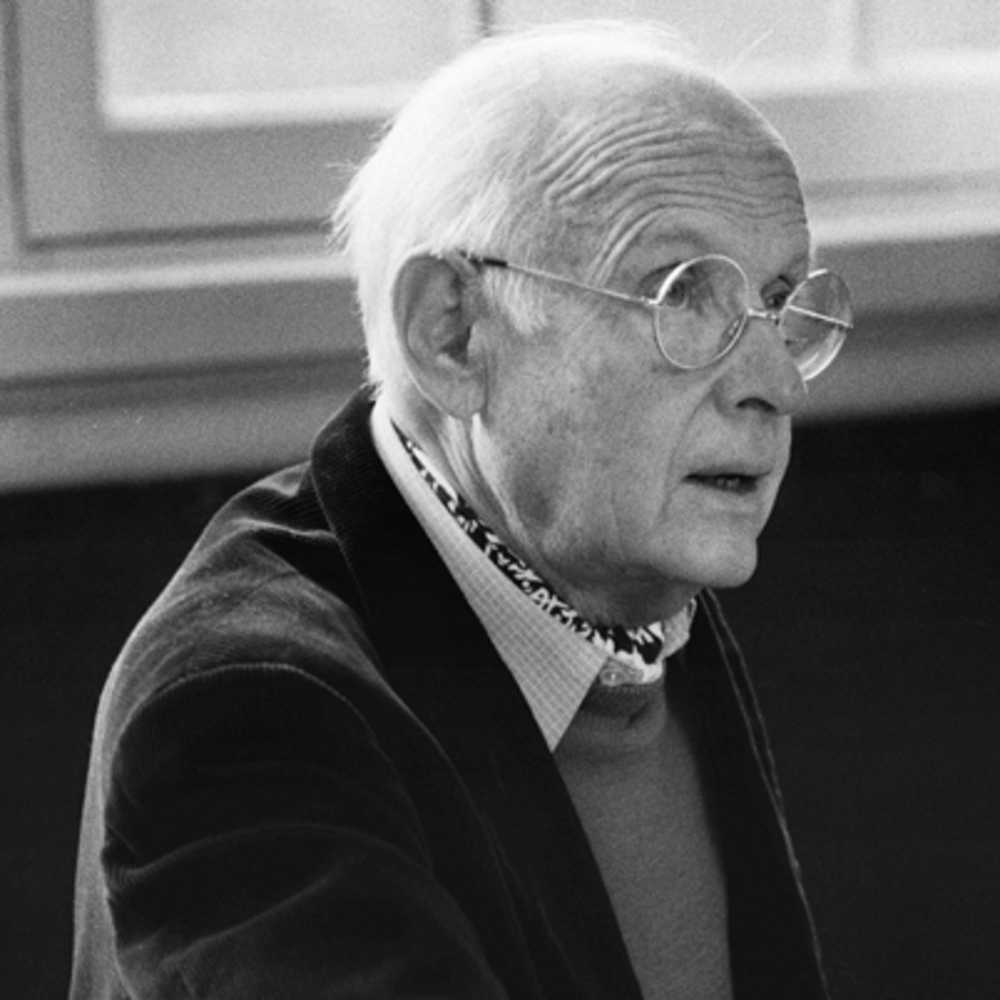
SwashVillage Biografía de Henri CartierBresson
Photography by Henri Cartier-Bresson. February 6, 2023. Cartier-Bresson went to great lengths to hide his identity, but at this beauty-culture class at Passaic High School he decided to insert.
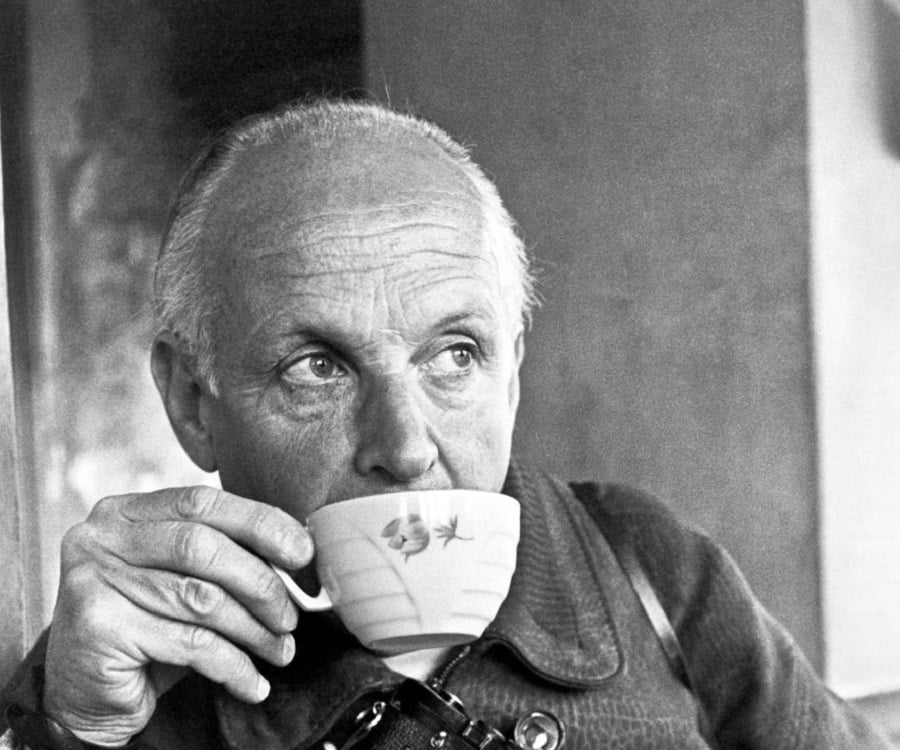
Henri CartierBresson Biography Childhood, Life Achievements & Timeline
Henri Cartier-Bresson (French: [kaʁtje bʁɛsɔ̃]; 22 August 1908 - 3 August 2004) was a French artist and humanist photographer considered a master of candid photography, and an early user of 35mm film. He pioneered the genre of street photography, and viewed photography as capturing a decisive moment.Cartier-Bresson was one of the.
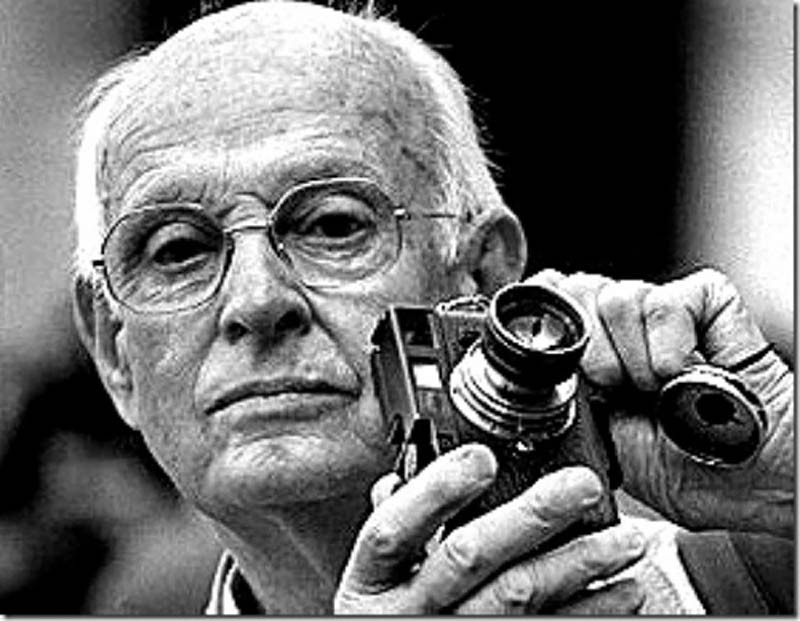
El fotoperiodismo de CartierBresson The Art Market, Hub del mundo del arte
Henri Cartier-Bresson was born on August 22, 1908 in Chanteloup, France. A pioneer in photojournalism, Cartier-Bresson wandered around the world with his camera, becoming totally immersed in his.
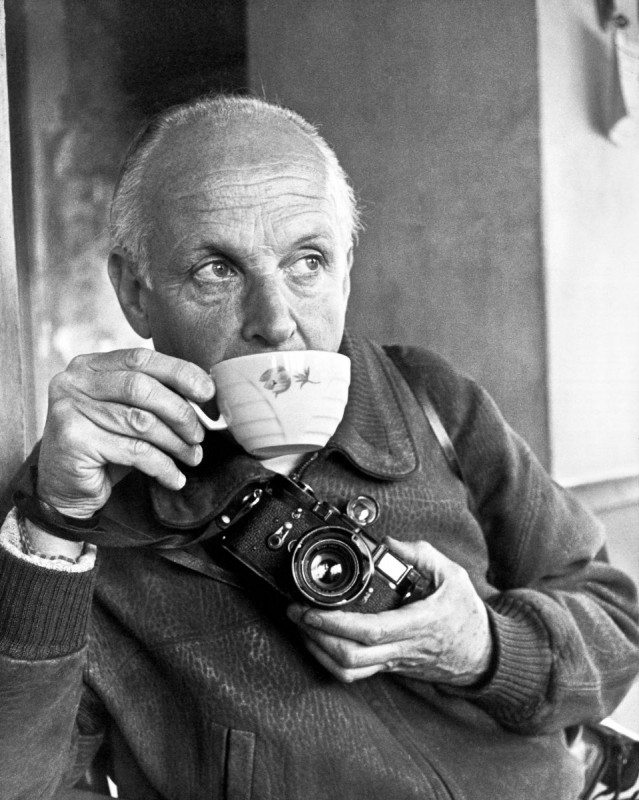
17 (More) Lessons Henri CartierBresson Has Taught Me About Street Photography
August 3, 2016. When Henri Cartier-Bresson first picked up a tiny Leica 35mm film camera in 1931, he began a visual journey that would revolutionize 20th-century photography. His camera could be.

Henri CartierBresson 布列松 History Of Photography, Candid Photography, Underwater Photography
Henri Cartier-Bresson (French: [kaʁtje bʁɛsɔ̃]; August 22, 1908 - August 3, 2004) was a French humanist photographer considered a master of candid photography, and an early user of 35 mm film. He pioneered the genre of street photography, and viewed photography as capturing a decisive moment. His work has influenced many photographers.
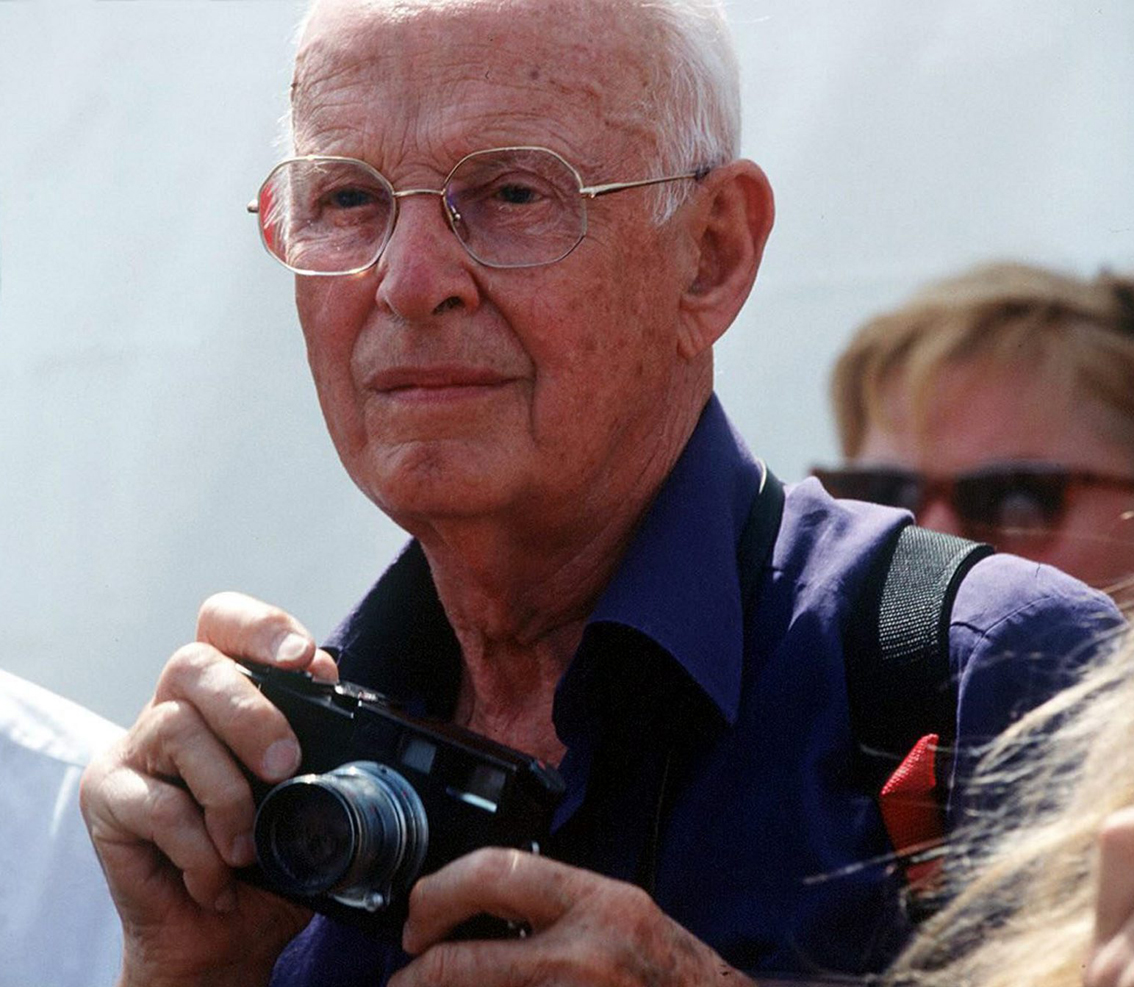
POINTS DE VUE _______________ Henri CartierBresson, photographe
Summary of Henri Cartier-Bresson. Cartier-Bresson's work spanned photographic genres for the entirety of his long career. He is regarded as a pioneer of candid and street photography but he is also well-known for having produced some of the most compelling photographic portraits of notables ranging from Jean-Paul Sartre and Leonard Bernstein to Marilyn Monroe and Malcolm X.

Os grandes fotógrafos da história Henri CartierBresson
Henri Cartier-Bresson was a French photographer and filmmaker known as a pioneer of street photography.His dramatic black-and-white works are among the most iconic images of the 20th century. The artist is perhaps best known for his 1952 book The Decisive Moment, originally titled Images à la Sauvette (Images on the Run), the book explored his notion of photography as a candid medium.

Henri CartierBresson 'There Are No Maybes' The New York Times
The Fondation Henri Cartier-Bresson celebrates twenty years of photography! Under the patronage of Mrs Rima Abdul Malak, minister of Culture, the Fondation Henri Cartier-Bresson held its first gala dinner at the Pavillon Cambon Capucines on Monday 6 November 2023 to celebrate its 20th anniversary. In 20 years, through a…

Henri CartierBresson, 5th Avenue, New York City, 1959 Magnum photos, Henri cartier bresson
Henri Cartier-Bresson